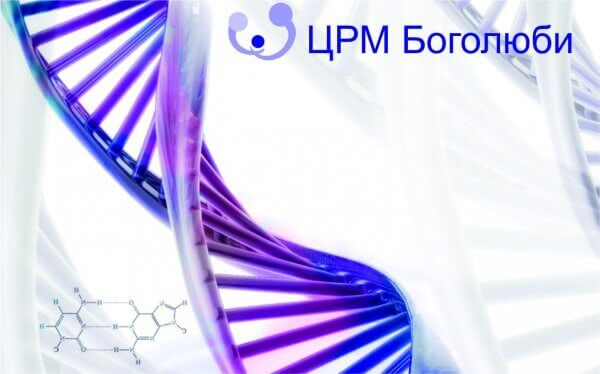Trisomy 18 - is a genetic disorder, also known as Edwards syndrome, characterized by a set of chromosomal changes that can cause fetal death or fetal death in the near future after birth.
Trisomy can be diagnosed in the early stages, thanks to screening tests performed during pregnancy. But, unfortunately, today the disease is incurable. Death occurs due to serious heart, kidneys, lungs, gastrointestinal tract and nervous system damages.
Before talking about the essence of the disease, it is necessary to refresh our knowledge of genetics a bit. So, each cell of a healthy person has 23 pairs of chromosomes. One pair of these chromosomes is sexual, that is, it determines the sex of a person, the remaining 22 are autosomal chromosomes. Taken together, these 46 chromosomes contain all of the human genetic material, better known as DNA. The individual’s DNA contains everything about him/her- facial features, physical characteristics, predispositions to diseases, etc.
Each pair of chromosomes contains specific genes. When a mutation occurs in the chromosome, some gene may turn out to be «faulty», and accordingly the defective gene begins to produce the defective protein. When changes relate to the quantitative characteristics of chromosomes, they speak of aneuploidy. In this case, instead of two chromosomes in a pair, there can be three (trisomies) or one (monosor trisomy 18, is a genetic disorder, characterized by the presence of the third chromosome 18. Thus, a person’s chromosome set consists of 47 chromosomes, instead of 46. Edwards syndrome does not have a favorable prognosis, as a rule, a child dies within the first year of life.
Trisomy 18 is the second most common genetic disorder after trisomy 21 (Down syndrome), its frequency is one case per 6000 live births. It should be noted that in most cases, Edwards syndrome is associated with fetal death. As a rule, girls survive.
The causes of trisomy 18
What is the cause of trisomy 18? There is still no intelligible answer to this question. Perhaps there is some kind of genetic error during meiosis of germ cells, or mitosis of a fertilized egg, or embryo.
Trisomy Risk Factors 18
Cases of trisomy 18 are common in pregnant women over the age of 40. But this is not the only risk factor. A family history also matters. If there were cases of trisomy 18 in family history, then the likelihood of a recurrence of the disease in generations is high.
Symptoms of trisomy 18
In the prenatal period, trisomy 18 is distinguished by the following symptoms:
- hydramnion;
- oligoamnios;
- intrauterine growth retardation;
- poor fetal activity.
The main cause of fetal death in trisomy 18 is cardiac pathology. Trisomy 18 infants have a long series of symptoms that affect many organs and systems. These are skeletal and cardiac abnormalities, gastrointestinal, urogenital, neurological and respiratory disorders. The physical characteristics of the skull and face also have their own characteristics: ugly ears, protruding occipital area of the skull, small mouth, small eyes.
Diagnosis of trisomy 18
Trisomy 18 can be detected using amniocentesis. If a genetic anomaly occurs, then with this type of diagnosis, it is detected with high accuracy.
Trisomy Therapy 18
Unfortunately, we have not yet learned how to correct genetic errors. The prognosis of trisomy is always unfavorable. The statistics is inexorable: more than 50% of children die in the first week of life, 40% - live to a month, 5% - up to a year, 1% - up to 10 years. Death in patients with trisomy 18 occurs due to malformations of the heart, kidneys, central nervous system and tumors of the liver and kidneys.
















